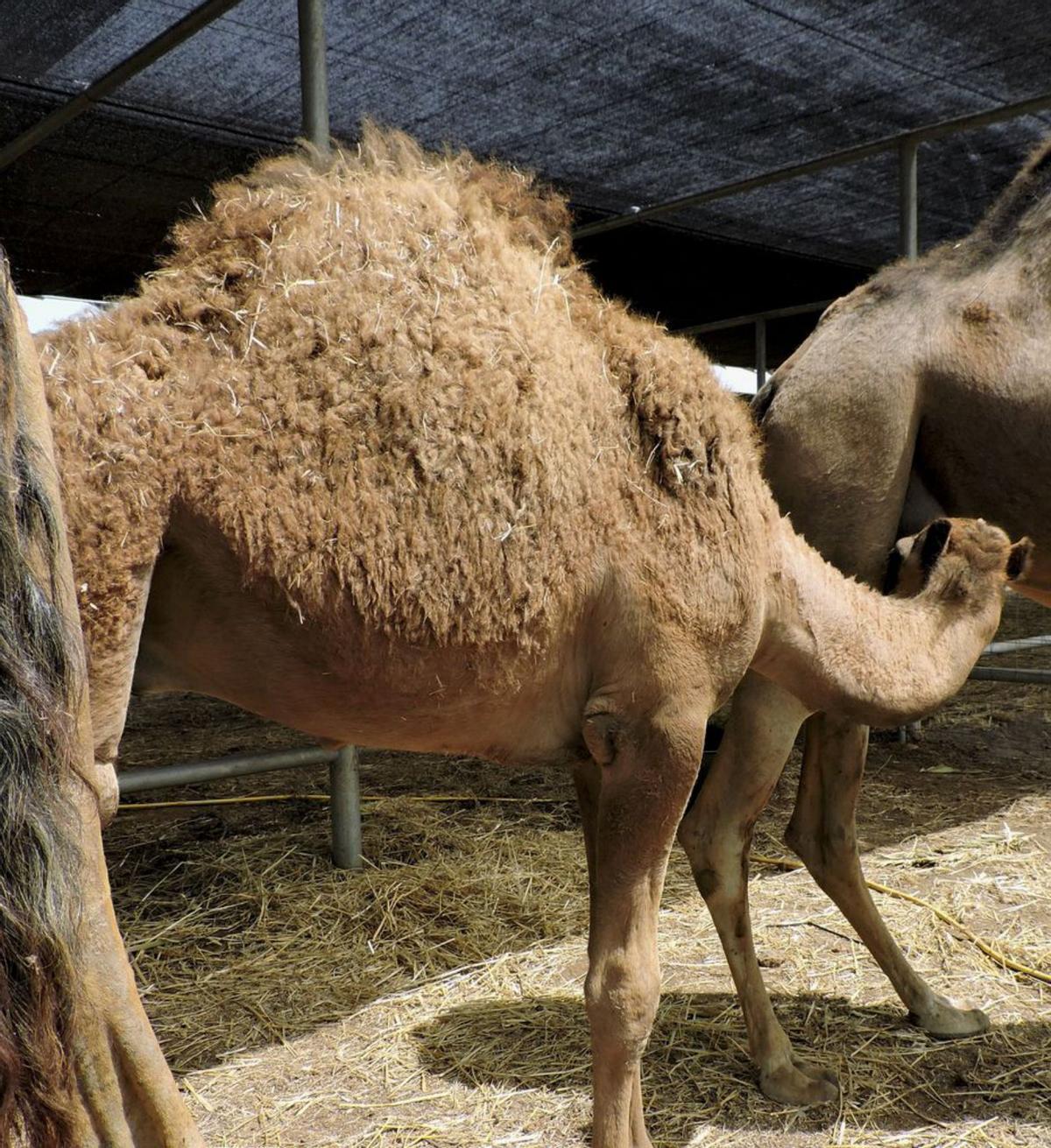Equine therapy is becoming established as an attractive and comforting tool in the clinical management of psychological and emotional disorders, which numerous professionals use as a complementary vehicle to provide extrinsic motivation and predisposition to explore challenging areas in therapy.
According to Patricia Álvarez, a healthcare psychologist specialised in trauma and attachments in Tenerife, the therapeutic experience with horses promotes confidence, self-esteem, and emotional bonding, among other cognitive, emotional, and physical needs. The warmth, softness of the fur, and rhythmic movement of horse riding are some of the benefits that can help regulate emotional responses and facilitate the expression of difficult emotions.
“This technique allows me to have conditions that are not present in regular therapy. The motivation it brings increases exponentially, it is extrinsic. And then, working with horses, majestic and calm, brings a positive emotional value,” she adds. Up to now, this psychologist has conducted equine therapies with children, people with disabilities, and users of the Association for the Social Reintegration of Minors of Anchieta, thanks to the collaboration she maintains with the Yeguada La Suertilla equestrian centre in the municipality of La Laguna.
Álvarez details that to start this therapeutic treatment, a prior interview is required to delve into the specific needs of each patient, both with the user themselves and with their family, and then begin the initial interaction that touch brings.
In this healing process between living beings, the Canarian camel, a native breed at risk of extinction, stands out for its natural sensitivity to vulnerable individuals because, beyond its historically agricultural, productive, and touristic purposes, it can provide serenity wherever needed.

Example of a Canarian camel used for these therapies. / Efe
Guacimara Cabrera, president of the Association of Canarian Camel Breeders and also the executive director of Dromemilk Camel Farm in Fuerteventura, the largest camel farm in Europe and the first in Spain, has verified this.
Among the activities she carries out with the camels on the farm, Cabrera highlights workshops with children who suffer from certain disorders, such as autism or Asperger syndrome, and shares how that interaction with the animal has helped overcome their communication problems and bring calm at that moment.
In fact, the expert describes that it is the camel’s nature that helps the monitors of the space to manage that first contact because the animal emits distinct sounds, that is, “grama”, when it perceives any signs of nervousness in the humans around it.
Benefits of the Canarian camel
Cabrera also points out that the benefits of the Canarian camel go beyond nutrition, as the “white gold” extracted from its udder, without depriving its offspring of food, is rich in unsaturated fatty acids and B-complex vitamins, as well as containing a component similar to insulin. However, to enjoy the company of this endangered breed – there are around 1200 specimens worldwide – defending its “prosperity” is essential, Cabrera adds, emphasising the importance of its economic development by promoting the dairy industry from animal welfare, among others.
She exemplifies this environment with the results and processes obtained in Majorera livestock farming regarding milking and pasturing, which help maintain stress and well-being levels: “The camel naturally stops its milk if it does not want to be milked, and they go voluntarily with their offspring to the milking pen”.
















